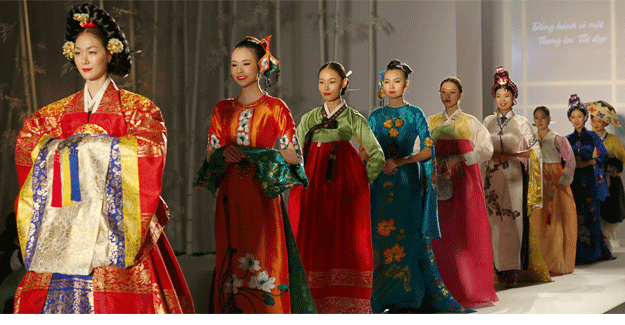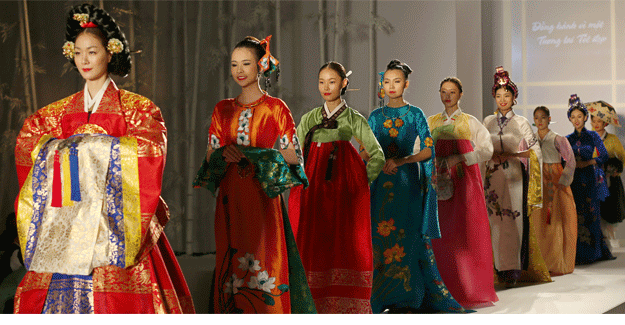
Vietnam Awakens To Domestic Competition On The Fashion Front
Vietnam textile experts were of the opinion that domestic fashion firms though facing stiff competition from the presence of globally renowned brands will eventually evolve stronger on their home turf by adopting a change in strategy.
The challenges posed by growing international fashion brands in the domestic market is to an extent offset by the growth of the domestic Vietnamese consumer market. “More space for goods and a healthy competition will ensure that the domestic fashion firms upgrade their techniques of production and modify their business practices to stay in contention,” the experts opined.
The story began in the early 2000s when a slew of brands like Spain’s Mango, UK’s Oasis and USA’s GAP entered into the fray targeting the Vietnamese middle-income group of consumers. These fashion houses had also done their homework well before taking the plunge into the Vietnamese market.
This had opened up the doors for Vietnamese consumers who began to get spoiled for choice. The situation got more interesting with the latest advents, namely H&M from Sweden and fashion giant Zara from Spain.
The domestic markets have witnessed a surge in anticipation and huge crowds clamoring for these new brands. In short, the response to the global brands has been robust in Vietnam. This leaves the domestic fashion firms without options but to tackle the stiff competition being thrown at their face.
The Vietnam Textile and Apparel Association (VITAS) was of the view that the advent of global brands in the domestic market will galvanize the domestic fashion firms into diversification of their product base across market segments.
Members of the premier textile body attributed the dominance of global brands in the Vietnamese domestic market to high expectations at the consumer end. “There is a widening gap to bridge between the customer demand and available domestic supply when it comes to volume, quality and aesthetics,” explained the VITAS member.
“It’s high time that domestic business houses have an increased awareness of the quality issues they face in the market to circumvent the problems posed by entry of foreign brands in the Vietnamese market,” he pointed out.
The reason for the stiff competition threatening to eat into the domestic fashion pie is easy to locate. The Vietnamese business houses focus on export revenues they obtain from outsourced production. Consequently, they have evinced little or no interest in tapping the potential of the domestic garment market.

Textile Excellence
If you wish to Subscribe to Textile Excellence Print Edition, kindly fill in the below form and we shall get back to you with details.








